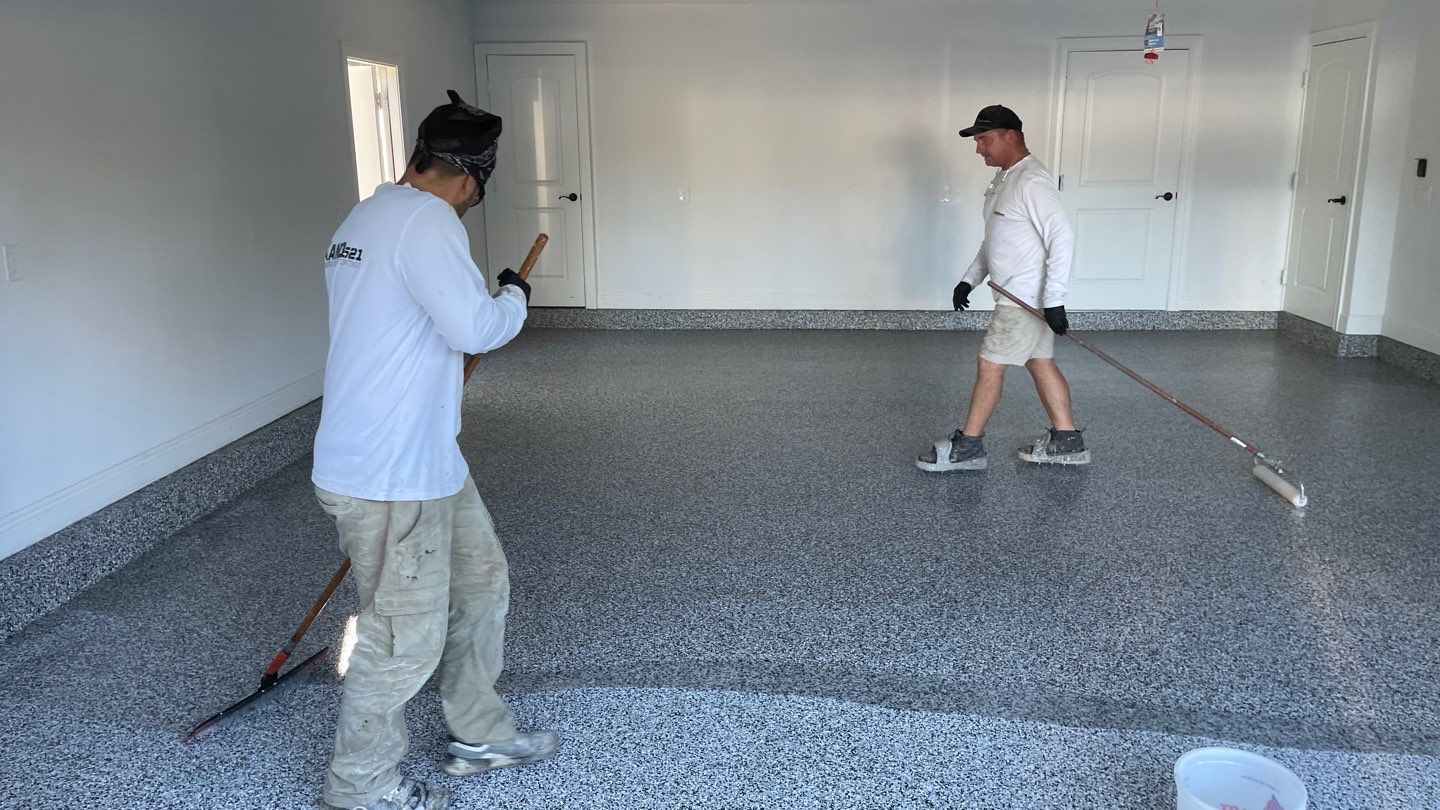Polyurea coatings have gained immense popularity for their exceptional durability, flexibility, and resistance to various environmental factors. These coatings find applications in diverse industries, from automotive and construction to oil and gas, owing to their impressive protective properties. Within the realm of polyurea coatings, the distinction between aliphatic and aromatic formulations plays a significant role in determining their characteristics and applications.
Understanding Polyurea Coatings
Polyurea is a type of polymer that results from the reaction between an isocyanate component and a resin blend, typically amine-terminated. The reaction occurs through a process called “step-growth polymerization,” where the isocyanate groups react with the amine groups in the resin, forming urea linkages. This rapid reaction leads to a cross-linked polymer structure, resulting in a highly durable and resilient material.
Aromatic vs. Aliphatic Polyurea Formulations
The fundamental difference between aromatic and aliphatic polyurea lies in their chemical structure and composition.
- Aromatic Polyurea: Aromatic formulations are derived from aromatic isocyanates. They are characterized by the presence of aromatic rings within their chemical structure. These formulations often exhibit excellent chemical resistance, superior mechanical properties, and high tensile strength. However, they are prone to color degradation when exposed to UV light, resulting in yellowing or chalking over time.
- Aliphatic Polyurea: On the other hand, aliphatic formulations are based on aliphatic isocyanates. They lack aromatic rings, which makes them more resistant to UV radiation. Aliphatic polyureas are known for their excellent color stability, making them ideal for outdoor applications where prolonged exposure to sunlight is expected. While they offer good resistance to weathering and UV degradation, they might not possess the same level of chemical resistance as aromatic formulations.
Applications and Advantages
Both aromatic and aliphatic polyurea coatings have distinct advantages and are used in various applications based on their properties:
- Aromatic Polyurea Applications: Due to their exceptional chemical resistance and robustness, aromatic formulations are commonly utilized in industrial settings such as containment facilities, chemical processing plants, and pipelines where exposure to harsh chemicals is a concern. They are also used for corrosion protection in structural steel and concrete.
- Aliphatic Polyurea Applications: Aliphatic coatings excel in applications where color retention and UV stability are crucial, such as automotive topcoats, outdoor furniture coatings, and architectural surfaces like bridges and roofs. Their ability to maintain color and gloss makes them a preferred choice for aesthetic and high-visibility projects.
Conclusion
The chemistry behind aromatic and aliphatic polyurea formulations showcases how subtle differences in chemical structure significantly impact their performance and applications. Aromatic polyureas offer exceptional chemical resistance but may experience UV degradation over time, while aliphatic polyureas maintain their color stability even in prolonged exposure to sunlight.
The choice between aromatic and aliphatic formulations depends on the specific requirements of the application, balancing the need for chemical resistance, mechanical strength, UV stability, and aesthetic considerations. Understanding the science behind these formulations empowers industries to make informed decisions in selecting the most suitable polyurea coating for their intended purpose, ensuring longevity and optimal performance in various environments.


